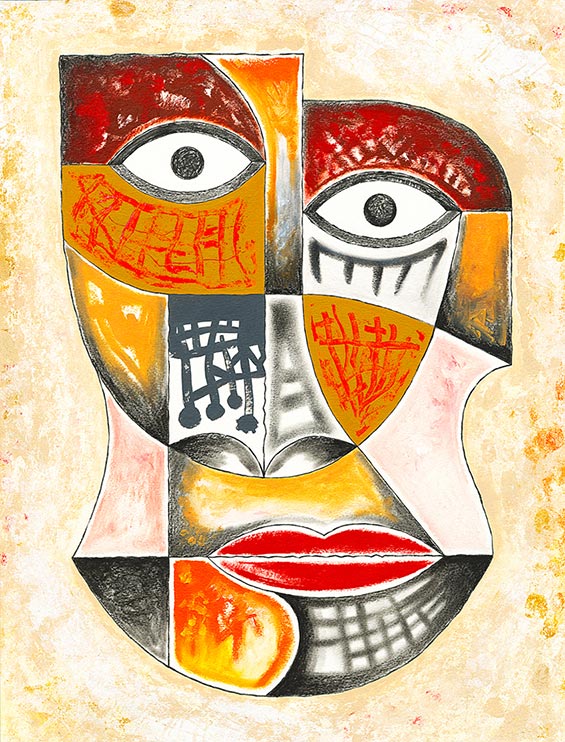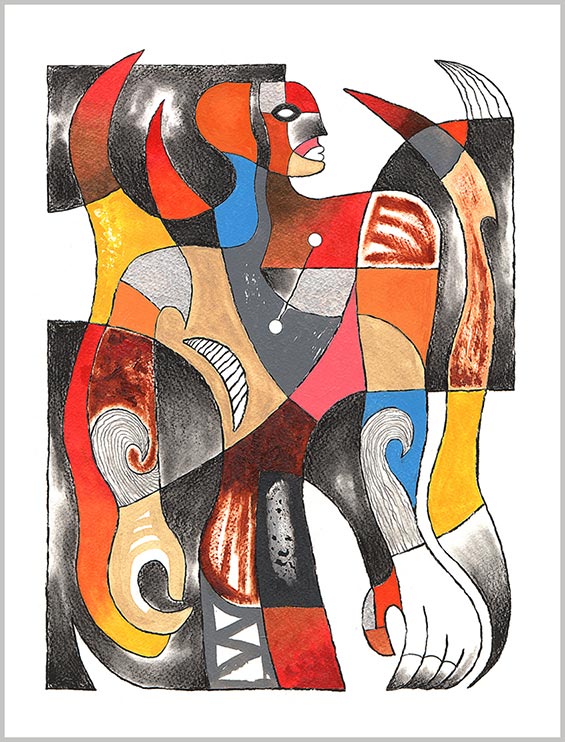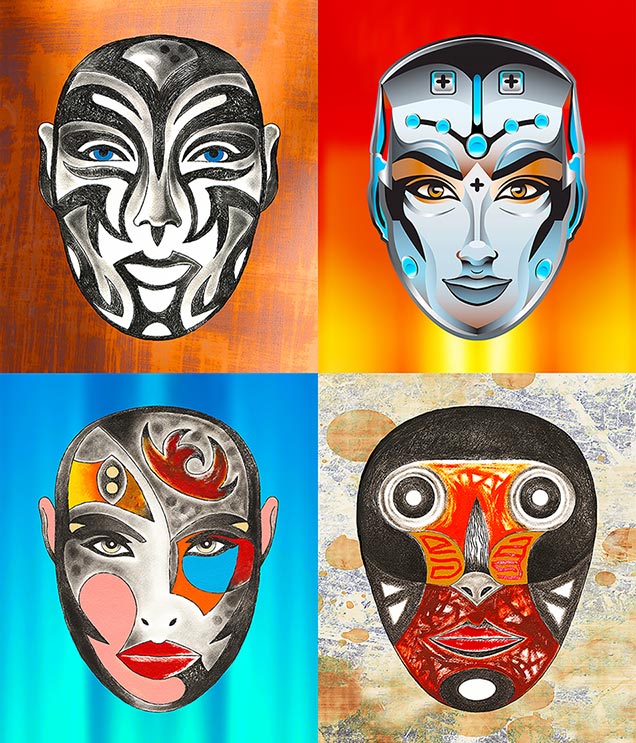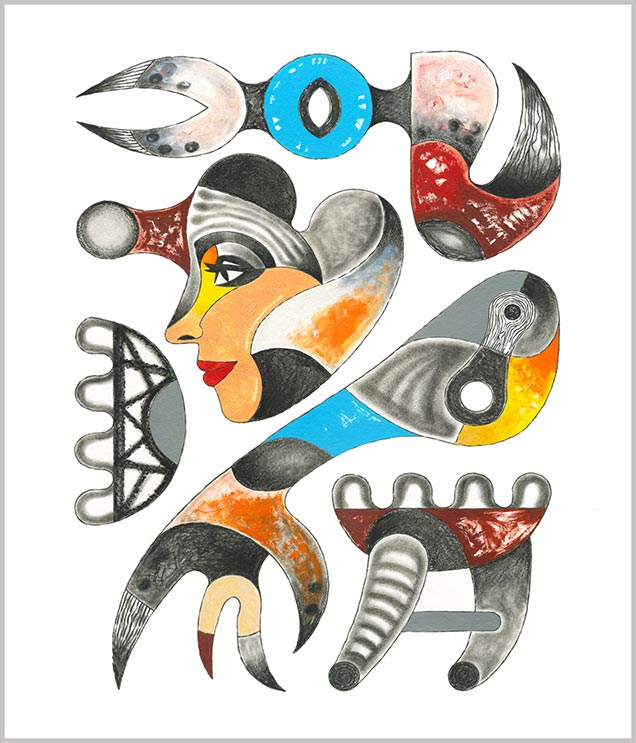ABOUT
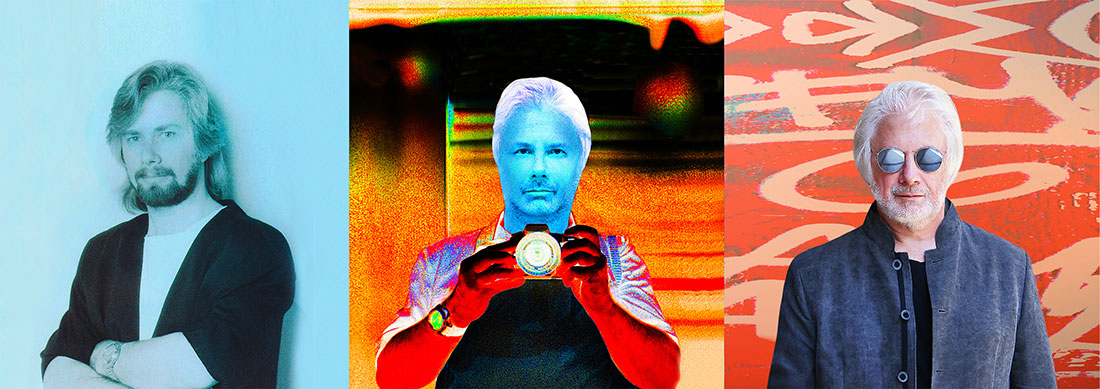

John began sketching at an early age. When he was 8, his parents put him in a drawing class at the Chicago
A partial list of John’s music and dance clients includes Madonna, Elton John, Janet and Michael Jackson,
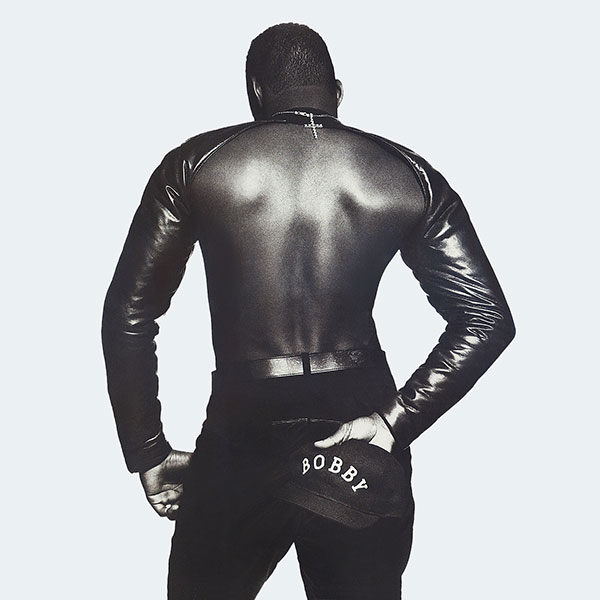

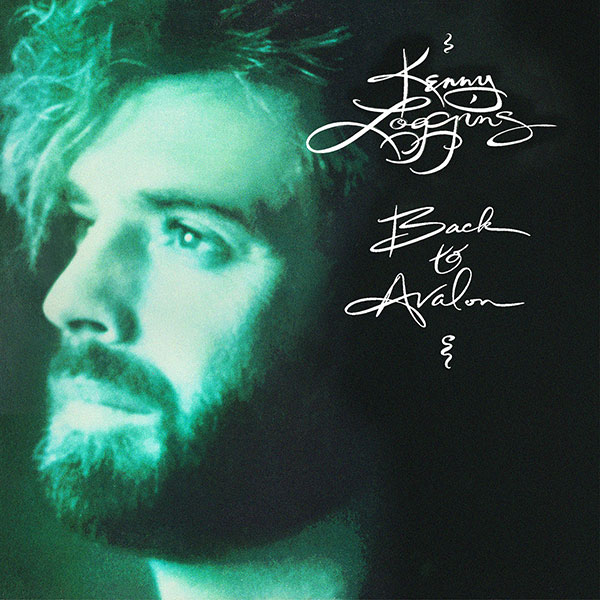

ALBUM, CD AND SINGLE ART DESIGN BY JOHN COULTER
John designed approximately 200 albums, singles and CDs during his career.
In addition to creating album CD and single art, John became the go-to designer for developing tour campaign art. During the 20 years between 1984 and 2004, the concert advertising and souvenir apparel that John devised helped his top clients’ international tours produce over $2B in ticket revenues and merchandise sales: a global record during those two decades for a single designer producing advertising, marketing strategies and merchandise for performing artists.*
John often worked directly with the touring artists, their managers and agents to devise from scratch the images they used in ticket sales campaigns for the USA and worldwide markets. He art-directed photoshoots and designed many of the logos and graphics which appeared on the artist’s products at concerts and were sold afterwards in retail outlets.
*Data compiled from POLLSTAR



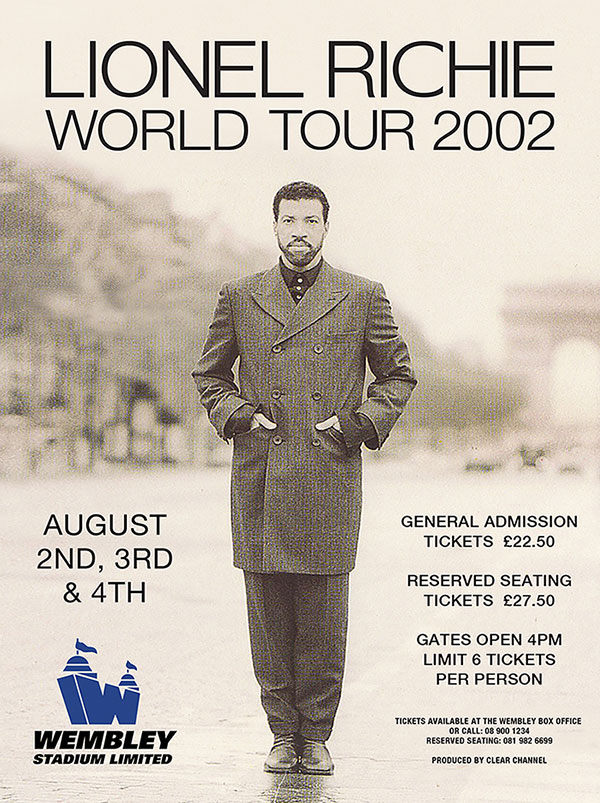




TOUR PROGRAMS, ADVERTISEMENTS AND POSTERS
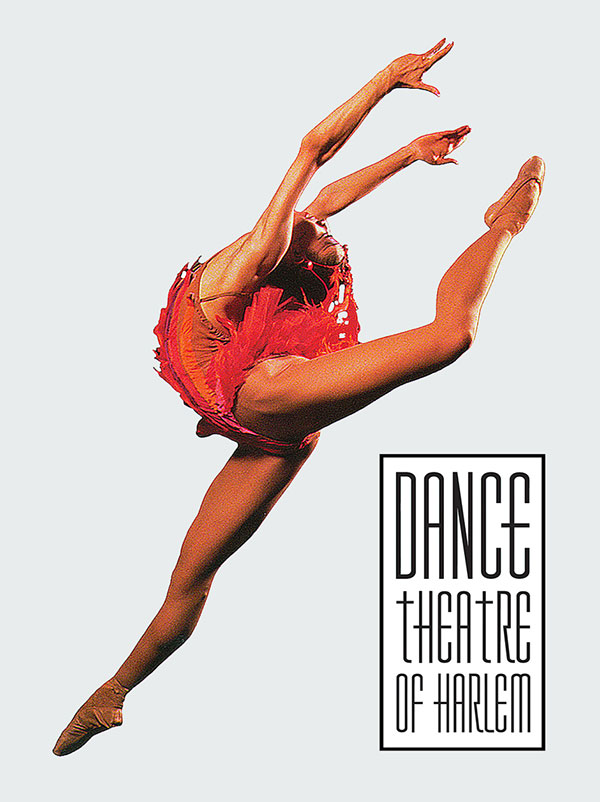
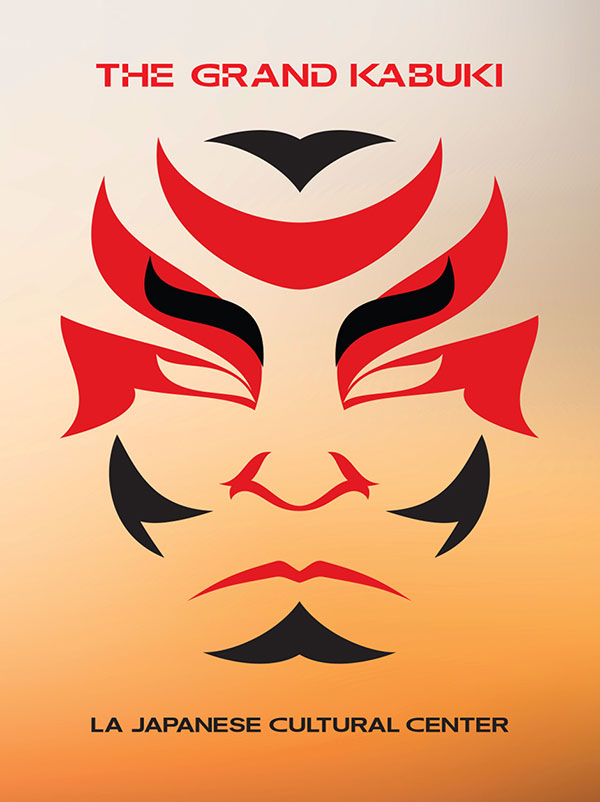

SOUVENIR PROGRAM DESIGNS FOR DANCE ARTISTS
By the mid-1990’s, sales of Pop crossover albums recorded by Latino artists had ignited a Latin Explosion in the USA. To take advantage of this new trend in the American Pop Mainstream, Fonovisa Records hired John Coulter in 1997 to design new logos, visual identities and marketing campaigns for its top-selling artists. For 6 years, John art-directed photoshoots and created all the product and advertising for Fonovisa’s singers, songwriters and musicians. With newly-branded identities, their record sales soared.
John designed between 15 to 20 CD packages and advertising campaigns for Fonovisa per year. A short list of his Latin crossover clients during this period included Enrique Iglesias, Los Tigres Del Norte, Jordi, Lorenzo Antonio, Marco Antonio Solis, La Mafia, Los Temerarios, Exterminador, Sparx, Victoria, Gisselle, Noelia and Mojado.






ALBUMS AND CDS CREATED FOR FONOVISA
John has contributed countless hours of free design time to his clients’ charities. Example: John designed Elton John’s Greatest Hits album and conceived the advertising campaigns for 8 of Elton’s world tours. While doing so, he designed the first Elton John Aids Foundation logo and created the logos and invitations for 6 EJAF Academy Awards Parties. To date, EJAF has raised over $400M for HIV prevention, treatment, advocacy and anti-stigma programs across the globe.
John designed the We Are The World double album and single, which have raised over $63M for African Hunger Relief programs. He art-directed the photoshoot at A&M studios.
The National Academy of Recording Arts and Sciences asked John Coulter to design its first MUSICARES logo, after the foundation was incorporated. John created and donated the logo free of charge. MUSICARE’s programs include emergency financial assistance,addiction recovery, outreach activities and senior housing. It also offers hearing clinics backstage at festivals around the United States to help musicians protect their ears.

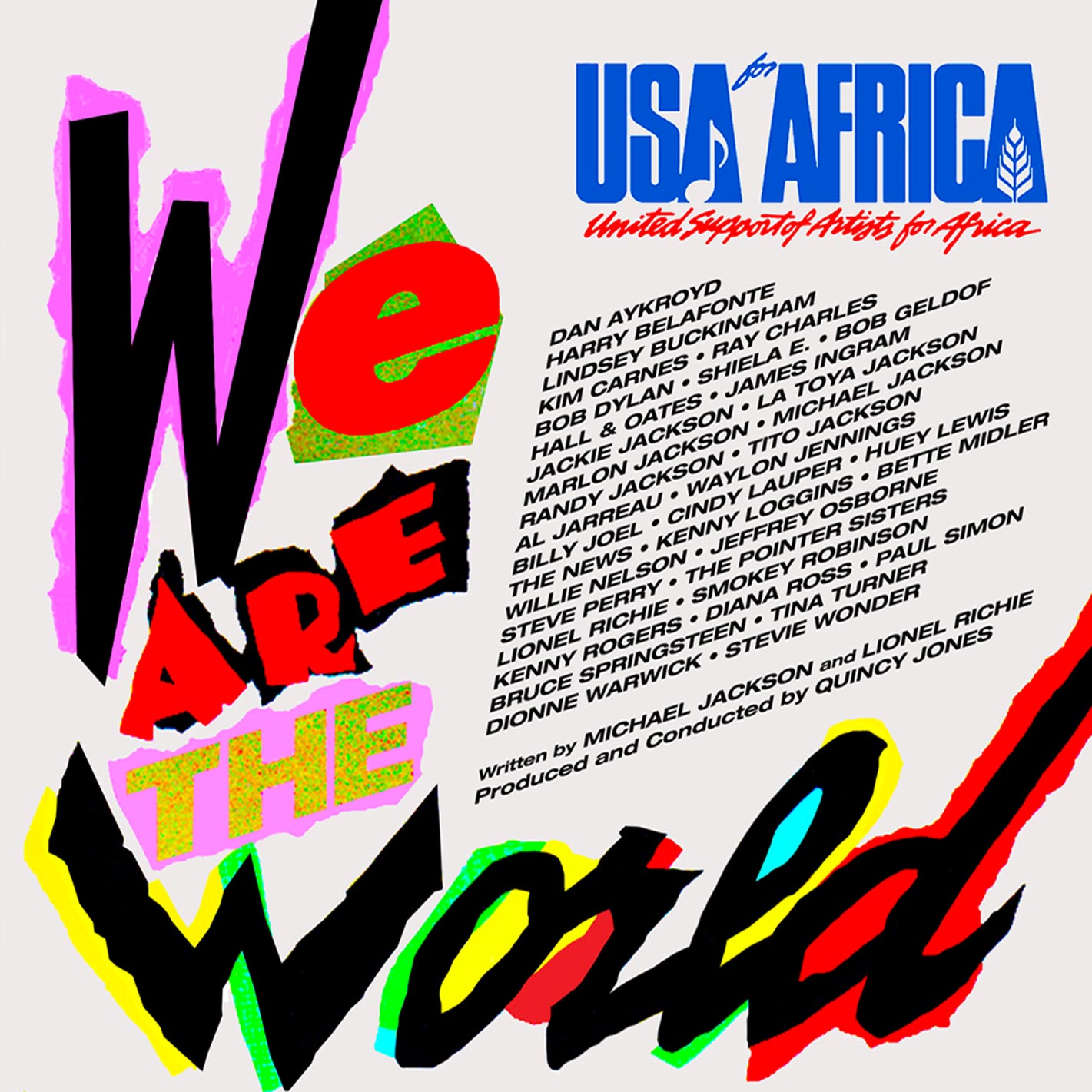

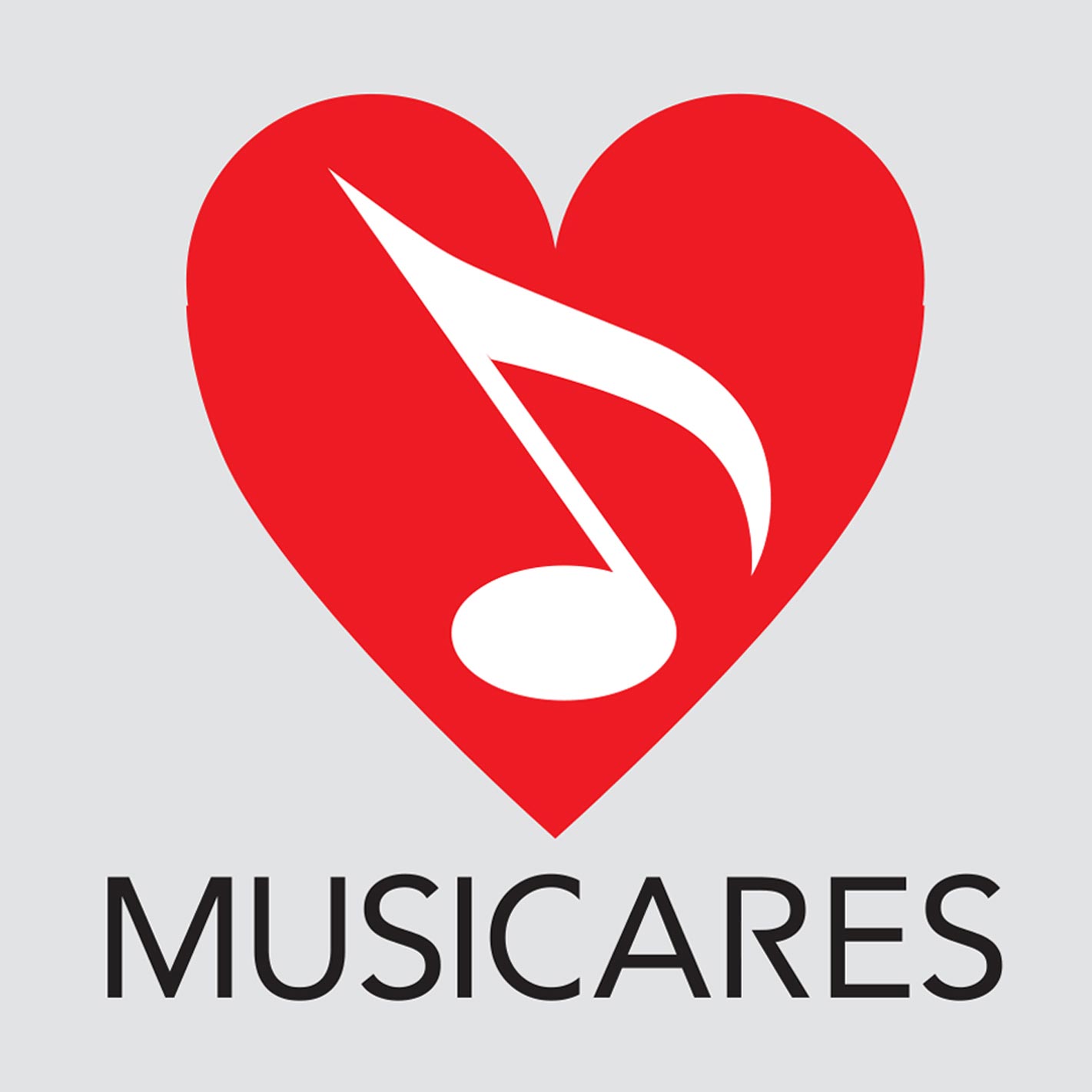
A Photography 101 course at the University of Illinois taught John how to take pictures with a 4×5 Pentax field camera, sparking his passion for creating photographic images. Purchasing a Yashica D twin lens reflex camera for $60, he got his roll film developed at the local drugstore and printed his images at the U of I darkroom. Years later, during his time as a graphic designer in the music industry, his collaborations with well-known fashion and celebrity photographers rekindled his affinity for photography. John takes his digital cameras everywhere, recording his global explorations. Photos documenting more than 80 cities he has visited are included on this website.

John became aware of Picasso at a young age, during his visits to the Chicago Art Institute. In 1988, during a visit to the Musée Picasso in Paris, John became inspired by Picasso’s work. He began sketching and painting, refining his own Modern Primitivism style based on Picasso’s studies of tribal forms. During his prosperous career in the music business, he developed his own fine art in his spare time, creating numerous drawings and paintings. John calls his interpretations of the Modern Primitivistic style The New Mythology. He’s had a handful of successful exhibits at Santa Monica and Bergamot Station galleries.
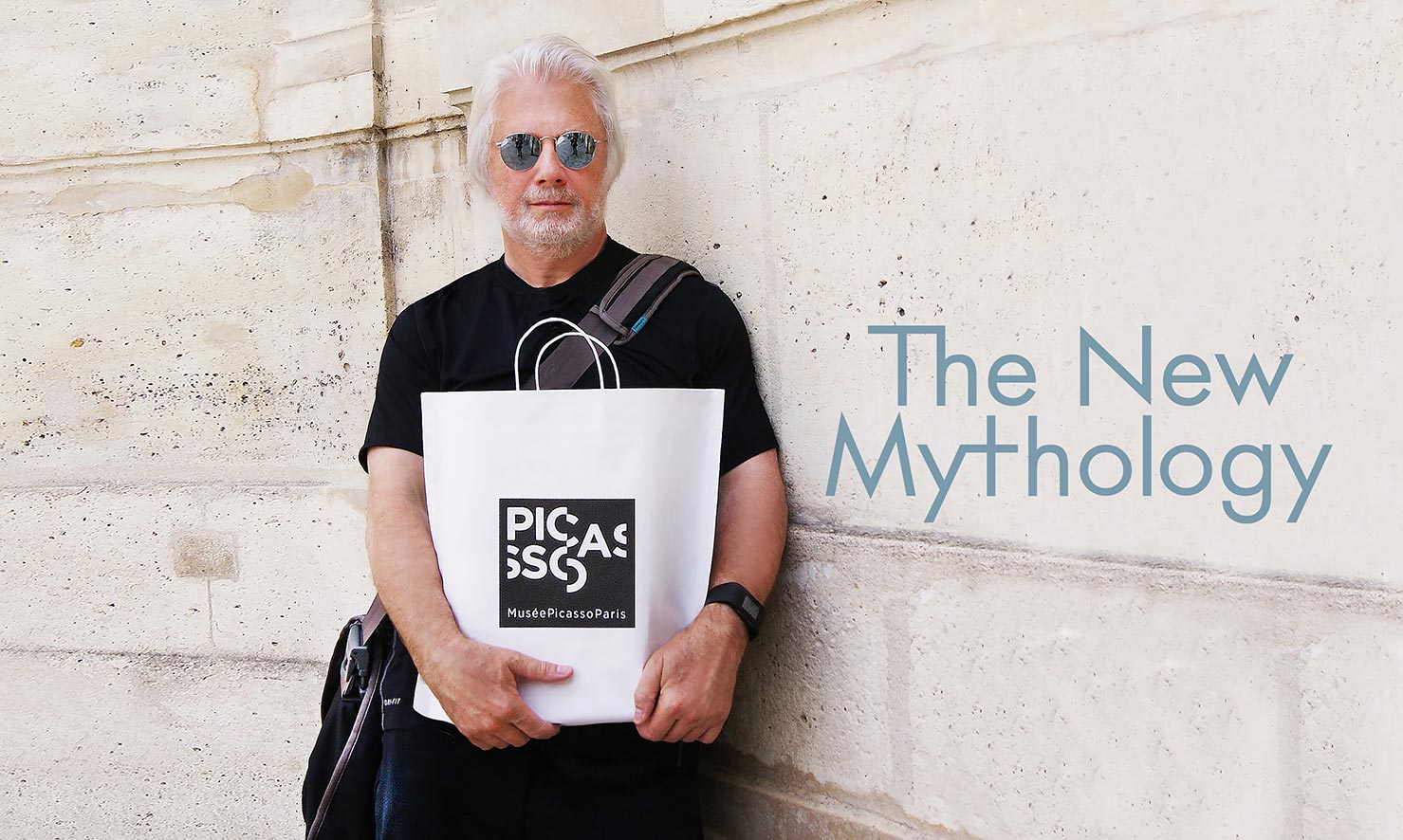
Exploring the affinity between Tribal (Primitive) Art and Modern Art
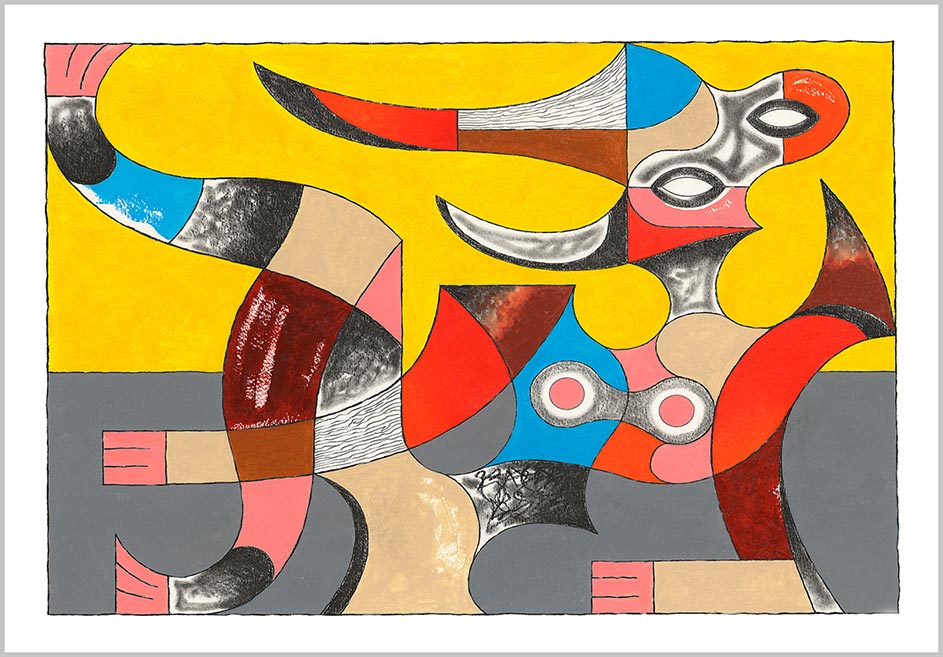
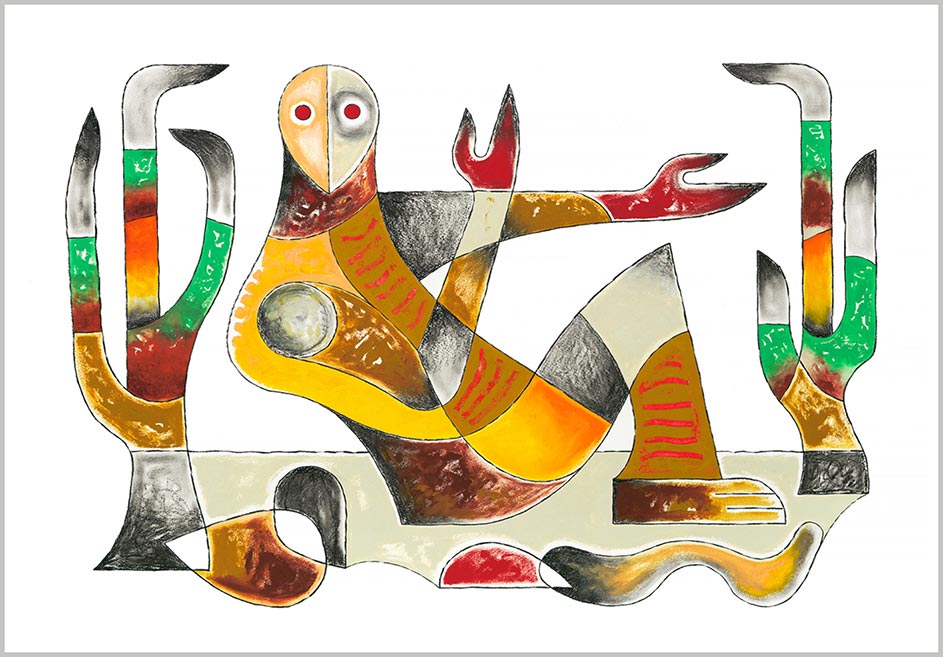
Paintings created by John Coulter between 2010 and 2025. Charcoal pencil, gouache, oil and acrylic on watercolor paper.
Lower middle image is a multimedia digital painting.
Creating Alternate Realities with Writing and Art
Prior to becoming a designer, while studying at UCLA, John met George Lucas. The director was looking for student artists to create character sketches for Star Wars, in early development. John figured the best way to do this was to teach himself how to draw comic book action figures. Taking time off from school, he copied the work of Marvel Comics geniuses Jack Kirby and Joe Sinnott, two renowned sci-fi character renderers. John presented 30 drawings to Lucas, who used some of them in his presentations to studios. The project greatly deepened John’s admiration for science fiction, so much so that he started to write and illustrate his own sci-fi stories from the early 1970’s onward.


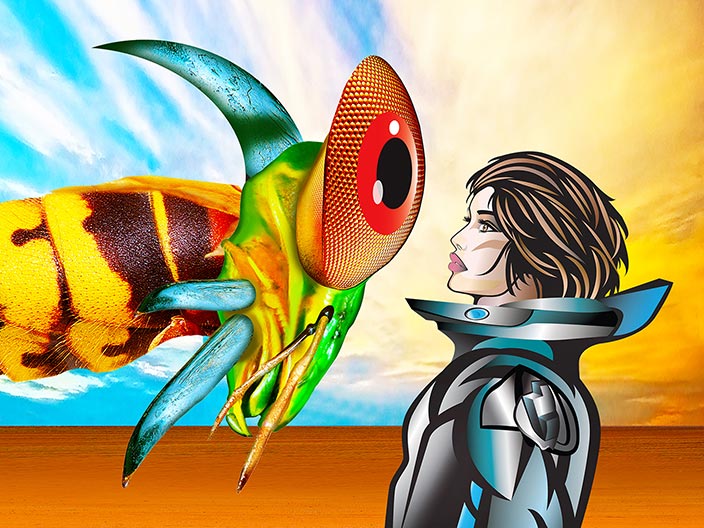

Years later, when Jack Kirby stopped by John’s design studio on Sunset Boulevard, an inspired conversation took place. Jack and John agreed that devising iconic new heroes by writing about them AND graphically sketching them out provides a resonance and legitimacy which writing alone can’t achieve. “If you can do both,” said Jack, “it makes the end result far more realistic. Your drawings inform your writing. And your writing gives your drawings wings to soar.”
John was surprised to hear that the comic book innovator had taught himself how to draw by tracing newspaper cartoons. In addition to learning freehand sketching at the Chicago Art Institute, John had repeatedly traced Tarzan figures out of books his father had given him to read. Hearing this, Jack said: “Copying someone else’s style is the best way to develop your own style. You can’t go wrong imitating the masters.”
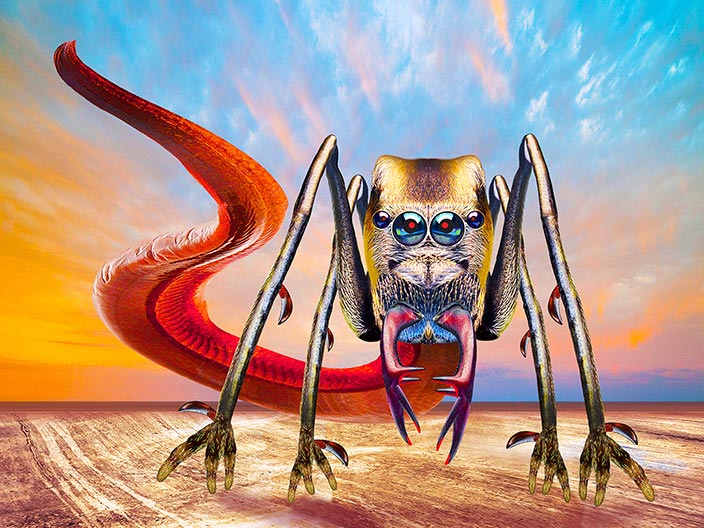



Many years after that, when John’s wife was the Head of Business Affairs for Ridley Scott, the filmmaker showed John his Blade Runner storyboards and the drawings he’d made for his 1st student film. He explained in great detail how directors gravitate to stories that transport viewers to other worlds. That stuck with John in a major way. Being a graphic designer, John thinks in highly visual terms. All of John’s novels are written with films in mind.
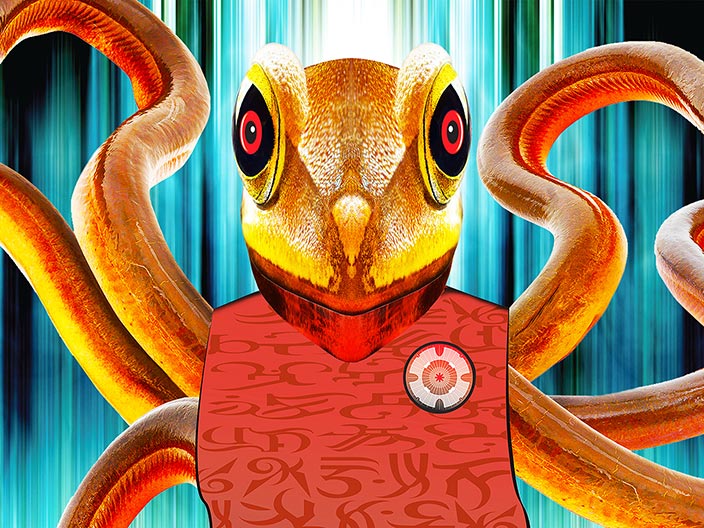

Many of John’s projects start with a sketch. Drawing is far more than visual art – it’s also about thinking. Freehand rendering predates human verbal language. For expressing spontaneous concepts and making ideas tangible, nothing tops doodling. John sketched dinosaurs and battleships from books his father gave him. At the Art Institute he used sketchbooks to copy the art of the great masters, teaching his brain a visual system that reduces all objects to lines, shapes and colors. By doing so, he embraced one of Picasso’s most oft-quoted expressions: “Learn the rules like a pro, so that you can break them like an artist.” John’s fine art ideas start on bond paper and finish on archival paper, watercolor paper or canvas. Though he uses digital editing software constantly, John is convinced the best compositions begin with a #2 pencil.

